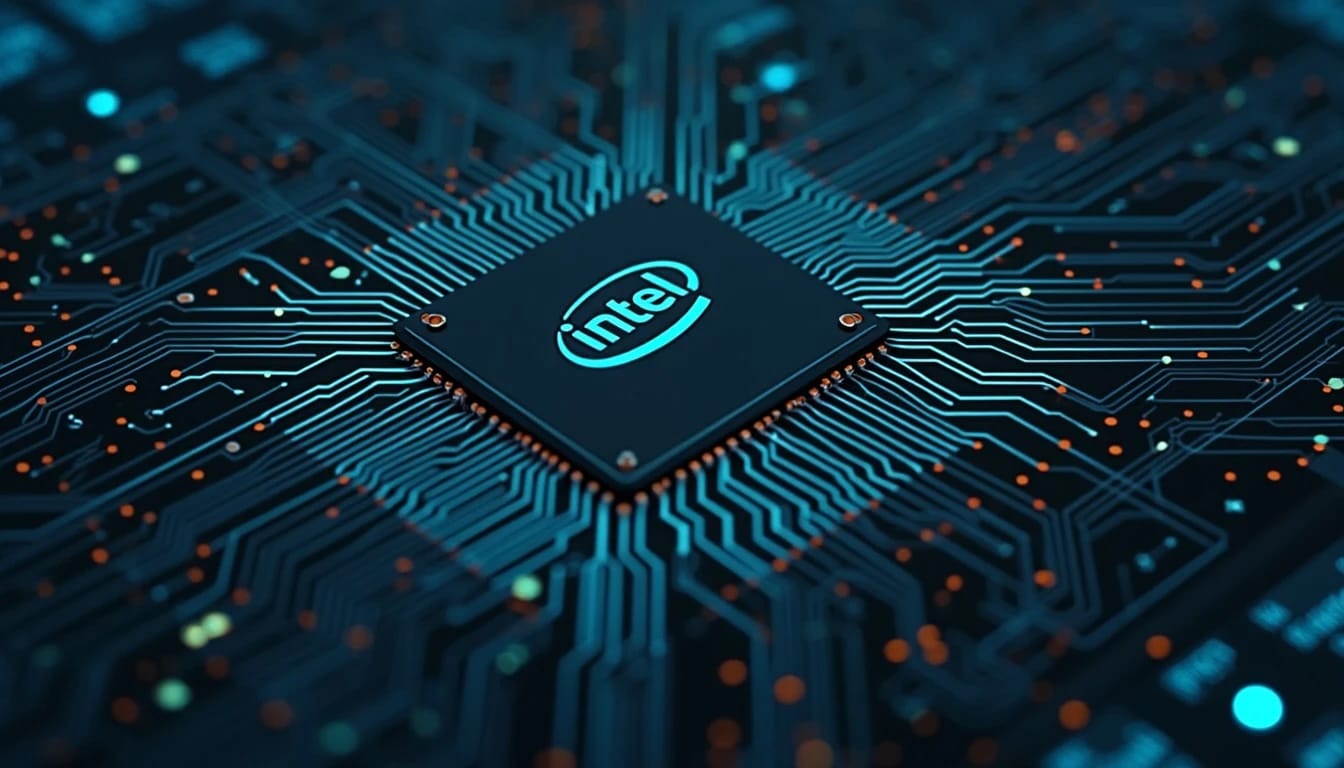Amid an uncertain landscape for Intel and its semiconductor manufacturing business, signs are emerging that Apple and NVIDIA are seriously considering adopting Intel’s latest 14A process node, which could be a pivotal shift for both the company and the industry.
According to renowned analyst Jeff Pu, who specializes in the Apple ecosystem, Cupertino is already testing initial versions of Intel’s 14A Process Design Kit (PDK). Similar developments are reported with NVIDIA, which may utilize this technology in its upcoming mid-range or budget GPUs.
Intel’s 14A, scheduled for production in 2028, marks a technical leap with the integration of the second-generation RibbonFET transistors and the new PowerDirect power distribution system, both built on the foundation established by PowerVia introduced in the 18A node.
Designed specifically for artificial intelligence and edge computing applications, 14A could offer advantages in power consumption, performance, and cost efficiency compared to other advanced manufacturing nodes. Intel has already provided preliminary versions of the 14A PDK to selected clients for proof-of-concept testing to validate industrial viability.
In a complex geopolitical context involving China, Taiwan, and the United States, Apple might pursue a dual-sourcing strategy by adding Intel as a secondary supplier for certain models or future M-series processors. Diversifying the supply chain to include U.S.-based fabs, such as Intel’s Arizona plants, could enhance resilience against logistical or regulatory disruptions.
Although still in exploratory stage, Apple’s interest is a potential boost for Intel, which urgently needs to secure large-volume customers to sustain its push into leading-edge nodes.
NVIDIA, currently the dominant player in AI chips, is also reportedly considering using 14A, initially limited to mid-range or mass-market products like gaming graphics cards. With GPU demand at record levels and heavy dependence on TSMC, expanding manufacturing capacity into other foundries has become a strategic priority. The AI boom has pushed current production limits, and having viable alternatives could be crucial for competitiveness.
During Intel’s Q2 2025 results presentation, new CEO Lip-Bu Tan was clear that if a major client isn’t secured for the 14A node, the company might completely abandon advanced chip manufacturing.
> “We will develop the 14A node in collaboration with strategic external customers. But our investment in this technology will depend on firm commercial commitments,” Tan said.
This makes Apple and NVIDIA’s potential interest more than good news – it could be the decisive factor in whether Intel continues or halts its next-generation foundry business.
Currently, TSMC leads the advanced node market with over 60% global market share. Its relationships with Apple, NVIDIA, AMD, and Qualcomm have driven the revolution in custom chips. However, reliance on Taiwan also comes with risks like capacity constraints, high costs, and geographic concentration. Intel’s entry as a viable competitor could introduce much-needed competition and reduce pressure on these customers.
Still, Intel must demonstrate more than innovation: flawless execution, industrial-scale delivery, and punctuality are essential to regain the confidence of giants like Apple.
In conclusion, the interest of Apple and NVIDIA in Intel’s 14A process could reshape the advanced semiconductor industry landscape. For Intel, it might be their last real chance to keep their foundry business afloat. For Apple and NVIDIA, opening new production avenues could serve as a strategic insurance policy.
The race toward 1.4 nm nodes is not just engineering—it’s a battle for technological sovereignty, industrial resilience, and power dynamics in an AI-driven era.
via: 9to5mac

